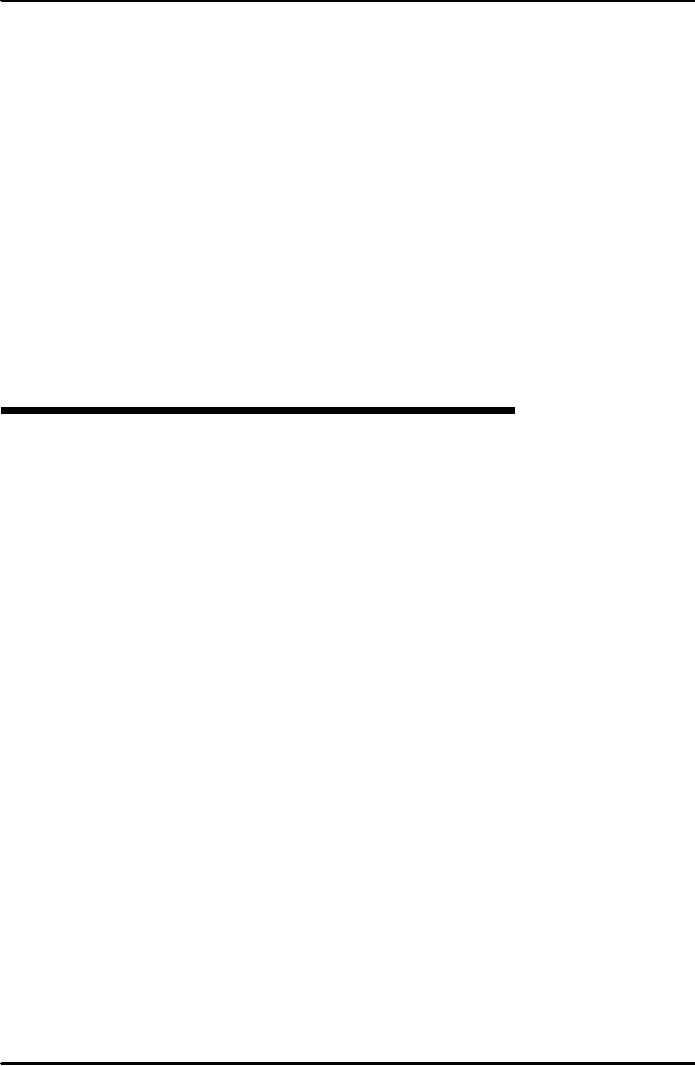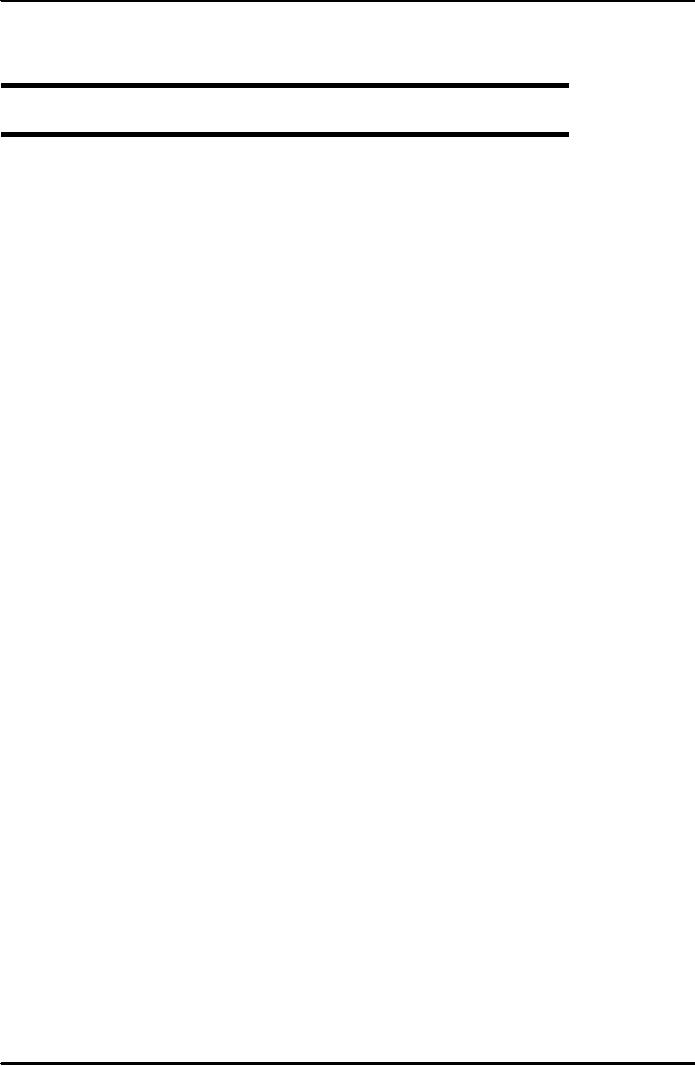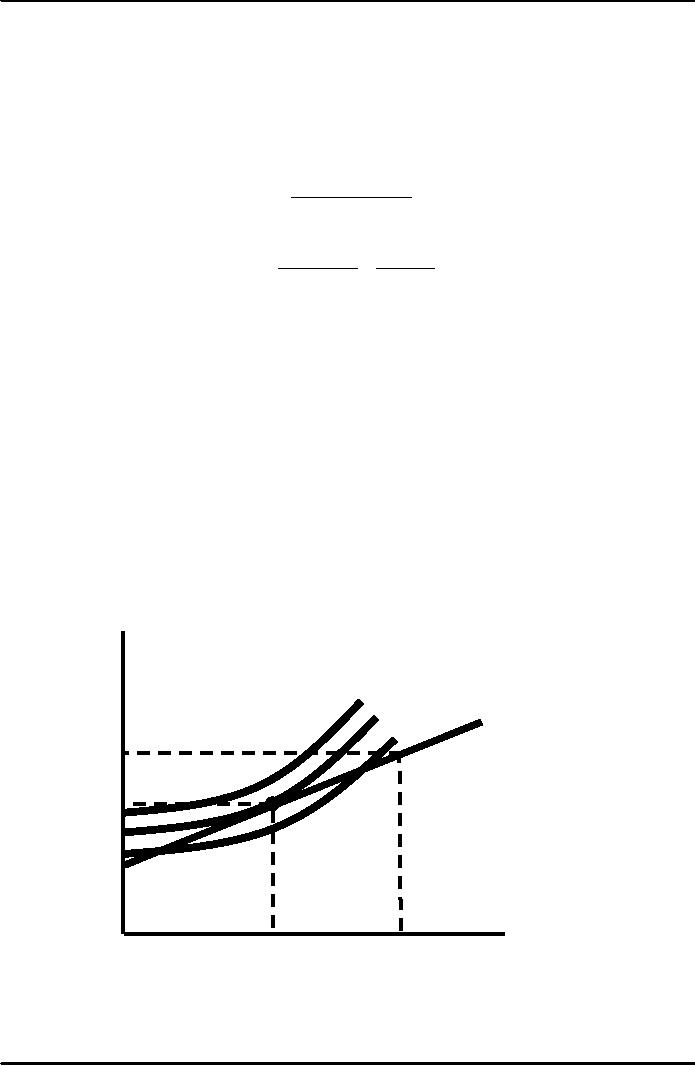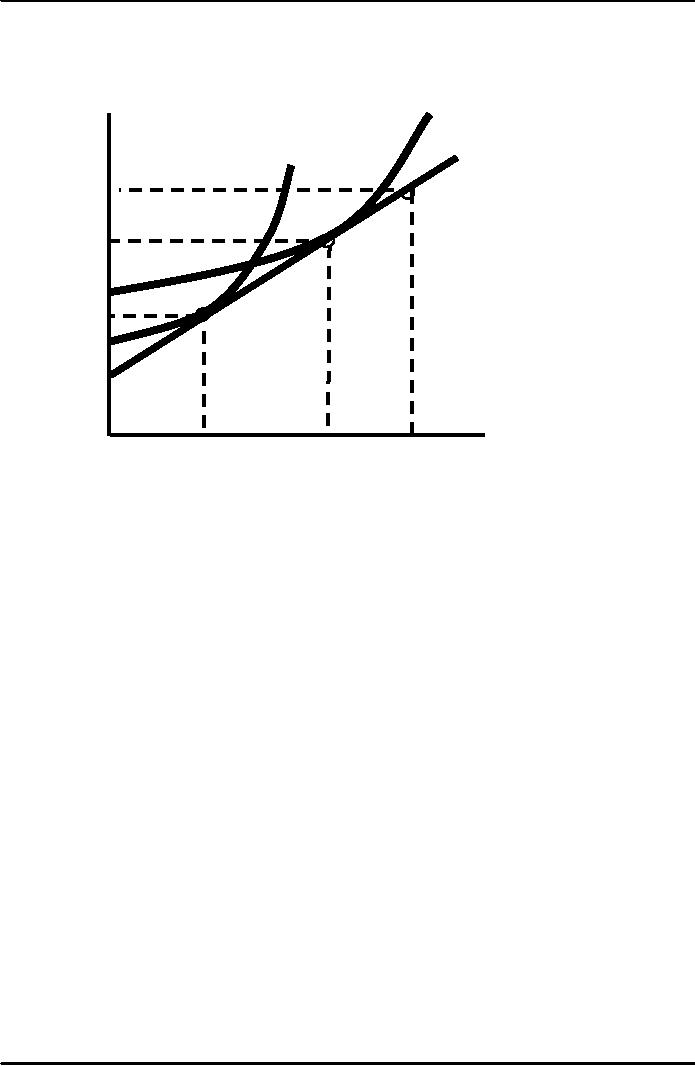 |
PREFERENCES TOWARD RISK:Reducing Risk, The Demand for Risky Assets |
| << PREFERENCES TOWARD RISK:Risk Premium, Indifference Curve |
| The Technology of Production:Production Function for Food >> |

Microeconomics
ECO402
VU
Lesson
15
Reducing
Risk
Three
ways consumers attempt to
reduce risk are:
1)
Diversification
2)
Insurance
3)
Obtaining more
information
Diversification
Suppose a firm
has a choice of selling air
conditioners, heaters, or
both.
The probability
of it being hot or cold is
0.5.
The firm
would probably be better off
by diversification.
Income
from Sales of
Appliances
Hot
Weather
Cold
Weather
Air
conditioner sales
$30,000
$12,000
Heater
sales
12,000
30,000
*
0.5 probability of hot or
cold weather
If
the firm sells only
heaters or air conditioners
their income will be either
$12,000 or
$30,000.
Their
expected income would
be:
1/2($12,000) +
1/2($30,000) = $21,000
If
the firm divides their
time evenly between
appliances their air
conditioning and
heating
sales
would be half their original
values.
If
it were hot, their expected
income would be $15,000 from
air conditioners and
$6,000
from
heaters, or $21,000.
If
it were cold, their expected
income would be $6,000 from
air conditioners and
$15,000
from
heaters, or $21,000.
With
diversification, expected income is
$21,000 with no risk
Firms
can reduce risk by
diversifying among a variety of
activities that are not
closely
related.
Stock
Market
How can
diversification reduce the
risk of investing in the
stock market?
Can
diversification eliminate the
risk of investing in the
stock market?
Insurance
Risk averse
are willing to pay to avoid
risk.
If the cost of
insurance equals the
expected loss, risk averse
people will buy
enough
insurance
to recover fully from a
potential financial
loss.
73

Microeconomics
ECO402
VU
The
Decision to Insure
Insurance
Burglary
No
Burglary
Expected
Standard
(Pr
= .1)
(Pr
= .9)
Wealth
Deviation
No
$40,000
$50,000
$49,000
$9,055
Yes
49,000
49,000
49,000
0
While
the expected wealth is the
same, the expected utility
with insurance is
greater
because
the marginal utility in the
event of the loss is greater
than if no loss
occurs.
Purchases
of insurance transfers wealth
and increases expected
utility.
The
Law of Large Numbers
Although single
events are random and
largely unpredictable, the
average outcome of
many
similar events can be
predicted.
Examples
A single coin
toss vs. large number of
coins
Whom will
have a car wreck vs.
the number of wrecks for a
large group of
drivers
Assume:
10% chance of a
$10,000 loss from a home
burglary
Expected loss =
.10 x $10,000 = $1,000 with
a high risk (10% chance of a
$10,000 loss)
100 people
face the same
risk
Then:
$1,000 premium
generates a $100,000 fund to
cover losses
Actuarial
Fairness
�
When the
insurance premium = expected
payout
The
Value of Title Insurance
When Buying a
House
A
Scenario:
Price of a
house is $200,000
5% chance that
the seller does not
own the house
Risk
neutral buyer would
pay:
(.
95 [ 200 , 000 ] +
. 05
[ 0 ] = 190 ,
000
Risk
averse buyer would pay
much less
By
reducing risk, title
insurance increases the
value of the house by an
amount far greater
than
the premium.
Value
of Complete Information
The difference
between the expected value
of a choice with complete
information and
the
expected value when
information is incomplete.
Suppose
a store manager must
determine how many fall
suits to order:
100 suits
cost $180/suit
50 suits cost
$200/suit
The price of
the suits is $300
Suppose
a store manager must
determine how many fall
suits to order:
Unsold suits
can be returned for half
cost.
The
probability of selling each
quantity is .50.
74

Microeconomics
ECO402
VU
The
Decision to Insure
Expected
Sale
of 50
Sale
of 100
Profit
1.
Buy 50 suits
$5,000
$5,000
$5,000
2.
Buy 100 suits
1,500
12,000
6,750
With
incomplete information:
Risk Neutral:
Buy 100 suits
Risk Averse:
Buy 50 suits
The
expected value with complete
information is $8,500.
8,500 =
.5(5,000) + .5(12,000)
The
expected value with
uncertainty (buy 100 suits)
is $6,750.
The
value of complete information is
$1,750, or the difference
between the two (the
amount
the
store owner would be willing
to pay for a marketing
study).
An
Example
Per capita
packed milk consumption has
fallen over the
years
The milk
producers engaged in market
research to develop new
sales strategies to
encourage
the consumption of packed
milk.
Findings
Packed milk
demand is seasonal with the
greatest demand in the
summer
Ep
is negative
and small
EI
is positive
and large
Milk
advertising increases sales
most in the summer.
Allocating
advertising based on this
information in Karachi increased
sales by Rs. 400,000
and
profits by 9%.
The
cost of the information was
relatively low, while the
value was
substantial.
The
Demand for Risky
Assets
Assets
Something that
provides a flow of money or
services to its
owner.
The
flow of money or services
can be explicit (dividends) or
implicit (capital gain).
Capital
Gain
An increase in
the value of an asset, while
a decrease is a capital
loss.
Risky
& Riskless Assets
Risky
Asset
�
Provides an
uncertain flow of money or
services to its
owner.
�
Examples
Apartment
rent, capital gains,
corporate bonds, stock
prices
Riskless
Asset
�
Provides a
flow of money or services
that is known with
certainty.
�
Examples
Short-term
government bonds, short-term
certificates of deposit
75

Microeconomics
ECO402
VU
Asset
Returns
Return on an
Asset
The
total monetary flow of an
asset as a fraction of its
price.
Real Return of
an Asset
The
simple (or nominal) return
less the rate of
inflation.
Asset
Returns
Monetary
Flow
Asset
Return =
Purchase
Price
Flow
$100/yr.
Asset
Return =
=
=
10%
Bond
Price
$1,000
Expected
vs. Actual Returns
Expected
Return
�
Return
that an asset should earn on
average
Actual
Return
�
Return
that an asset earns
Higher returns
are associated with greater
risk.
The risk-averse
investor must balance risk
relative to return
Risk
and Budget Line
Expected
return, RP,
increases as risk
increases.
The
slope is the price of risk
or the risk-return
trade-off.
Choosing
Between Risk and
Return
U2 is
the optimal choice of
those
obtainable,
since it gives the highest
return
Expected
for
a given risk and is tangent
to the budget
Return,
Rp
line.
U3
U2
Budget
Line
U1
Rm
R*
Rf
σm
σm
σ∗
σ*
Standard
Deviation of
0
Return,
σp
76

Microeconomics
ECO402
VU
The
Choices of Two Different
Investors
UB
Expected
Return,Rp
UA
Budget
line
Rm
Given
the same budget
RB
line,
investor A
chooses
low
return-low risk,
while
investor B
chooses
high return-
RA
high
risk.
Rf
Standard
Deviation
σA
σB
σm
0
of
Return σP
77
Table of Contents:
- ECONOMICS:Themes of Microeconomics, Theories and Models
- Economics: Another Perspective, Factors of Production
- REAL VERSUS NOMINAL PRICES:SUPPLY AND DEMAND, The Demand Curve
- Changes in Market Equilibrium:Market for College Education
- Elasticities of supply and demand:The Demand for Gasoline
- Consumer Behavior:Consumer Preferences, Indifference curves
- CONSUMER PREFERENCES:Budget Constraints, Consumer Choice
- Note it is repeated:Consumer Preferences, Revealed Preferences
- MARGINAL UTILITY AND CONSUMER CHOICE:COST-OF-LIVING INDEXES
- Review of Consumer Equilibrium:INDIVIDUAL DEMAND, An Inferior Good
- Income & Substitution Effects:Determining the Market Demand Curve
- The Aggregate Demand For Wheat:NETWORK EXTERNALITIES
- Describing Risk:Unequal Probability Outcomes
- PREFERENCES TOWARD RISK:Risk Premium, Indifference Curve
- PREFERENCES TOWARD RISK:Reducing Risk, The Demand for Risky Assets
- The Technology of Production:Production Function for Food
- Production with Two Variable Inputs:Returns to Scale
- Measuring Cost: Which Costs Matter?:Cost in the Short Run
- A Firm’s Short-Run Costs ($):The Effect of Effluent Fees on Firms’ Input Choices
- Cost in the Long Run:Long-Run Cost with Economies & Diseconomies of Scale
- Production with Two Outputs--Economies of Scope:Cubic Cost Function
- Perfectly Competitive Markets:Choosing Output in Short Run
- A Competitive Firm Incurring Losses:Industry Supply in Short Run
- Elasticity of Market Supply:Producer Surplus for a Market
- Elasticity of Market Supply:Long-Run Competitive Equilibrium
- Elasticity of Market Supply:The Industry’s Long-Run Supply Curve
- Elasticity of Market Supply:Welfare loss if price is held below market-clearing level
- Price Supports:Supply Restrictions, Import Quotas and Tariffs
- The Sugar Quota:The Impact of a Tax or Subsidy, Subsidy
- Perfect Competition:Total, Marginal, and Average Revenue
- Perfect Competition:Effect of Excise Tax on Monopolist
- Monopoly:Elasticity of Demand and Price Markup, Sources of Monopoly Power
- The Social Costs of Monopoly Power:Price Regulation, Monopsony
- Monopsony Power:Pricing With Market Power, Capturing Consumer Surplus
- Monopsony Power:THE ECONOMICS OF COUPONS AND REBATES
- Airline Fares:Elasticities of Demand for Air Travel, The Two-Part Tariff
- Bundling:Consumption Decisions When Products are Bundled
- Bundling:Mixed Versus Pure Bundling, Effects of Advertising
- MONOPOLISTIC COMPETITION:Monopolistic Competition in the Market for Colas and Coffee
- OLIGOPOLY:Duopoly Example, Price Competition
- Competition Versus Collusion:The Prisoners’ Dilemma, Implications of the Prisoners
- COMPETITIVE FACTOR MARKETS:Marginal Revenue Product
- Competitive Factor Markets:The Demand for Jet Fuel
- Equilibrium in a Competitive Factor Market:Labor Market Equilibrium
- Factor Markets with Monopoly Power:Monopoly Power of Sellers of Labor